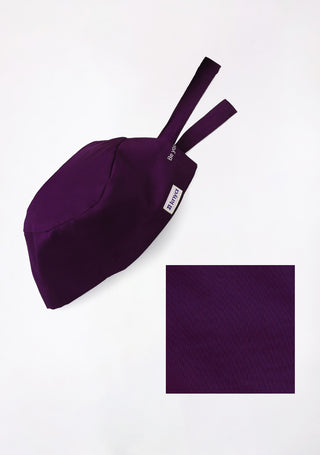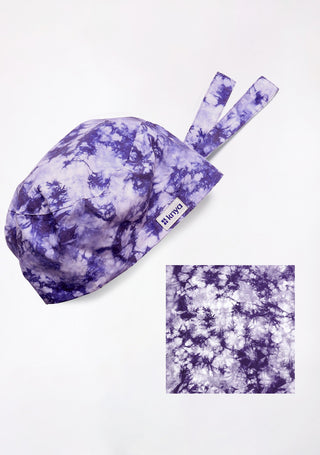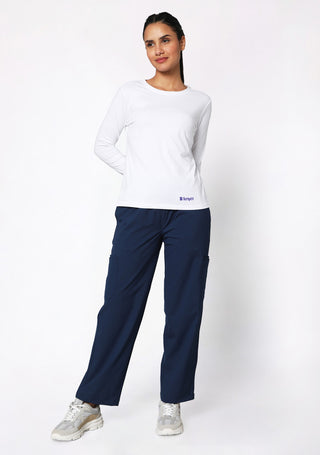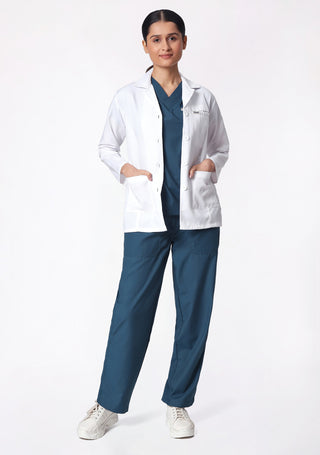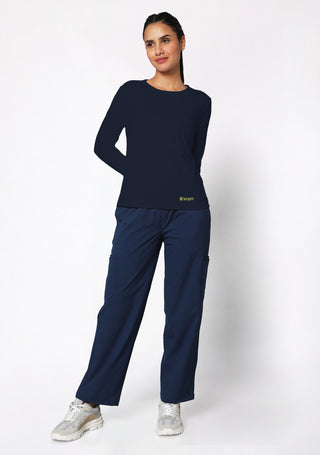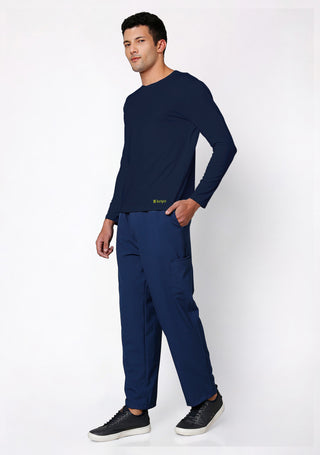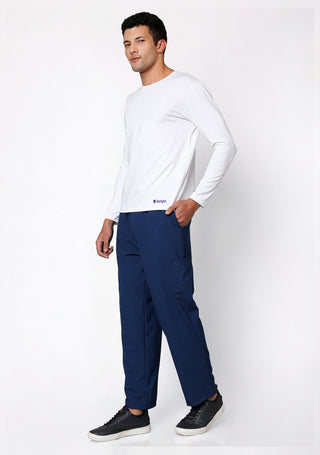Surgical scrubs are far more than just hospital uniforms; they are critical tools in infection control, patient safety, and medical efficiency. Their specialized design, materials, and features cater to the demanding needs of healthcare professionals from the operating room to recovery wards. As medical technology advances, we can expect even more innovations in scrub design, further enhancing their functionality and protective capabilities.
The Journey of Surgical Scrubs
The history of surgical attire has evolved dramatically over the centuries. In the 19th century, surgeons typically wore their everyday clothing, sometimes with an apron to protect against bodily fluids. However, as germ theory gained acceptance, the need for sterile environments became clear.
By the early 20th century, white coats and gowns were introduced, but they were soon replaced with green and blue scrubs due to the high contrast with red blood, which reduced eye strain. By the mid-20th century, surgical scrubs became a standard requirement in operating rooms, designed for sterility, comfort, and practicality. Today, scrubs are a fundamental part of medical attire, extending beyond the OR to other healthcare settings.
Material Matters: Why Surgical Scrubs Are Different
Unlike regular clothing, surgical scrubs are made from specially designed fabrics that prioritize hygiene, durability, and comfort. Some key features of scrub materials include:
a) Antimicrobial and Fluid-Resistant Properties
Surgical scrubs are often made from fabric treated with antimicrobial finishes that help reduce the spread of bacteria and other pathogens. Additionally, fluid-resistant coatings help prevent absorption of bodily fluids, reducing the risk of cross-contamination.
b) Breathability and Comfort
Medical professionals work long hours in high-stress environments, making comfort a priority. Scrub fabrics, such as cotton-polyester blends or performance-based synthetics, offer breathability, moisture-wicking properties, and stretchability to allow ease of movement.
c) Durability and Ease of Maintenance
Surgical scrubs undergo frequent washing at high temperatures to maintain sterility. The materials used are designed to withstand repeated laundering without significant wear and tear.
Specific Features of Surgical Scrubs
Surgical scrubs have distinct characteristics that differentiate them from general healthcare uniforms. These features ensure functionality, hygiene, and practicality in fast-paced medical environments.
a) Minimalistic Design for Sterility
Surgical scrubs are intentionally simple in design, often consisting of a short-sleeved V-neck top and drawstring pants. This simplicity minimizes places where contaminants can accumulate and ensures easy sterilization.
b) Loose Fit for Comfort and Mobility
Scrubs are designed with a loose fit to provide maximum mobility for surgeons and medical personnel who need to move freely during procedures. The relaxed design also allows for adequate air circulation, keeping wearers cool.
c) Limited Pockets to Reduce Contamination Risks
Unlike general hospital scrubs, surgical scrubs usually have minimal or no pockets. This design reduces the risk of carrying contaminants and prevents objects from being misplaced in sterile environments.
d) Reversible Construction for Quick Changes
Many surgical scrubs are designed to be reversible, with identical stitching and pockets on both sides. This feature allows for quick changes when needed, especially in emergency situations.
e) Color Coding for Functionality
Hospitals often use color-coded scrubs to differentiate roles within the healthcare team. In many facilities, surgeons wear green or blue scrubs, while other medical personnel may wear different colors depending on their responsibilities.
f) Tear-Resistant and Fade-Resistant Fabric
Because scrubs endure high-intensity use, they are often reinforced to resist tearing and maintain their color after multiple washes. This ensures longevity and maintains a professional appearance.
The Role of Surgical Scrubs in Infection Control
One of the primary purposes of surgical scrubs is infection control. They serve as a barrier between medical professionals and potentially harmful microorganisms. Here’s how surgical scrubs contribute to a sterile environment:
Discover the best lab coat designed for comfort and protection. Shop from here.
a) Reducing Pathogen Transmission
By wearing clean, sterilized scrubs, healthcare workers minimize the risk of carrying pathogens into the OR or other sterile areas.
b) Preventing Cross-Contamination
Surgical scrubs are typically worn only in designated hospital areas. Many hospitals enforce policies requiring personnel to change scrubs before leaving sterile zones, preventing outside contaminants from entering the OR.
c) Facilitating Proper Hand Hygiene and Aseptic Techniques
Scrub tops often have short sleeves, ensuring that hands and arms can be thoroughly scrubbed before surgery. This design aligns with strict aseptic protocols.
Beyond the OR: Scrubs in Postoperative and Recovery Settings
While surgical scrubs are essential in the OR, their role extends into the postoperative and recovery phases as well. Here’s how they continue to serve medical professionals and patients:
a) Patient Interaction and Postoperative Care
Surgeons and nurses involved in post-surgical care often wear scrubs to maintain hygiene while monitoring patients in recovery.
b) Wound Management and Dressing Changes
Scrubs help maintain a sanitary environment during dressing changes, reducing the risk of infection in healing surgical wounds.
c) Comfort for Patients in Recovery Wards
Some hospitals provide patients with scrub-like hospital gowns to enhance comfort, breathability, and ease of mobility during recovery.
For our male healthcare professionals, we offer a wide range of comfortable and stylish scrubs for men, designed to enhance both comfort and professional image
Future Innovations in Surgical Scrubs
As technology advances, so does the evolution of medical textiles. Some innovations in surgical scrub design include:
a) Smart Scrubs with Embedded Sensors
Researchers are developing scrubs embedded with biosensors that monitor body temperature, detect pathogens, and even track vital signs in real time.
b) Eco-Friendly and Sustainable Scrubs
Many hospitals are moving towards sustainable fabrics made from biodegradable or recycled materials to reduce environmental impact.
c) Self-Cleaning Scrubs
Nanotechnology-based fabric treatments are being developed to create self-cleaning scrubs that repel liquids and kill bacteria on contact.

